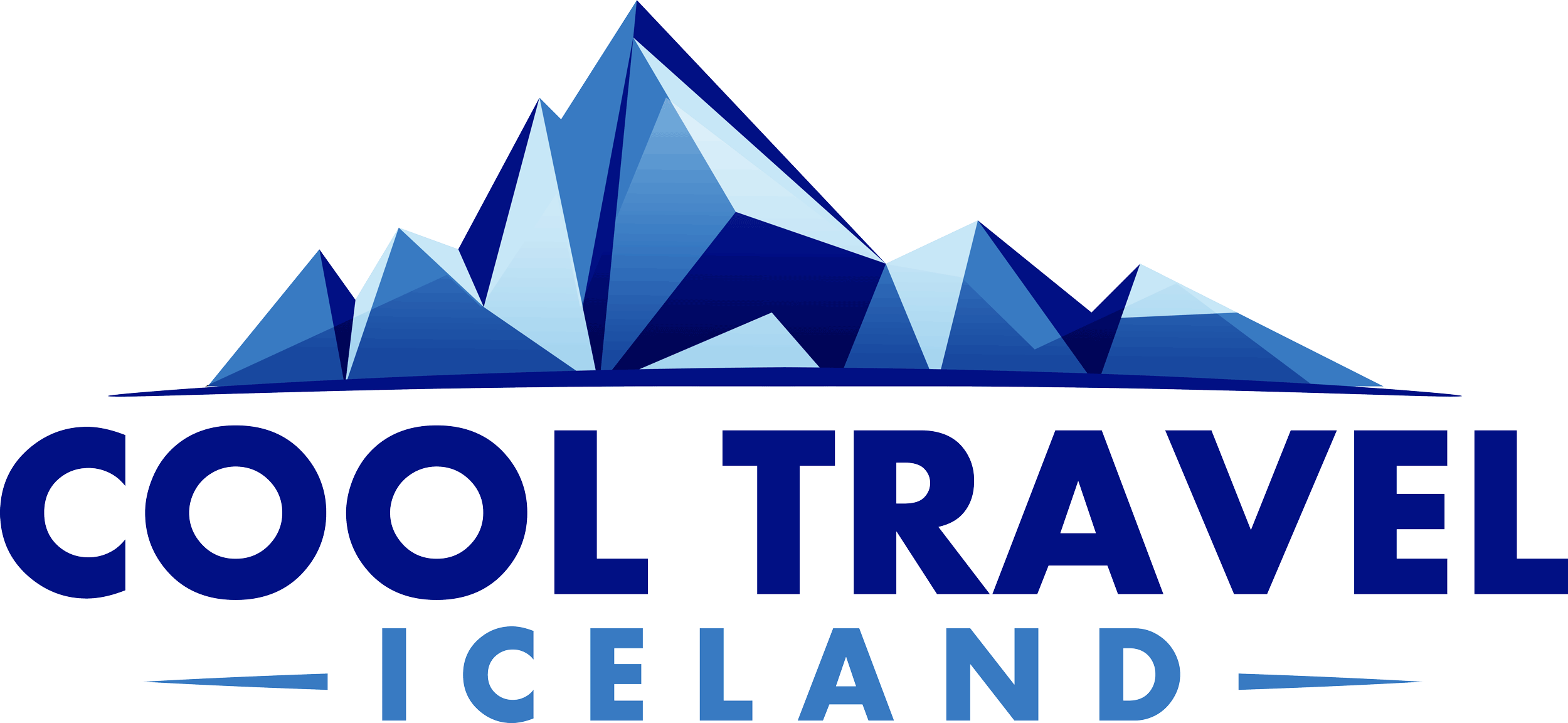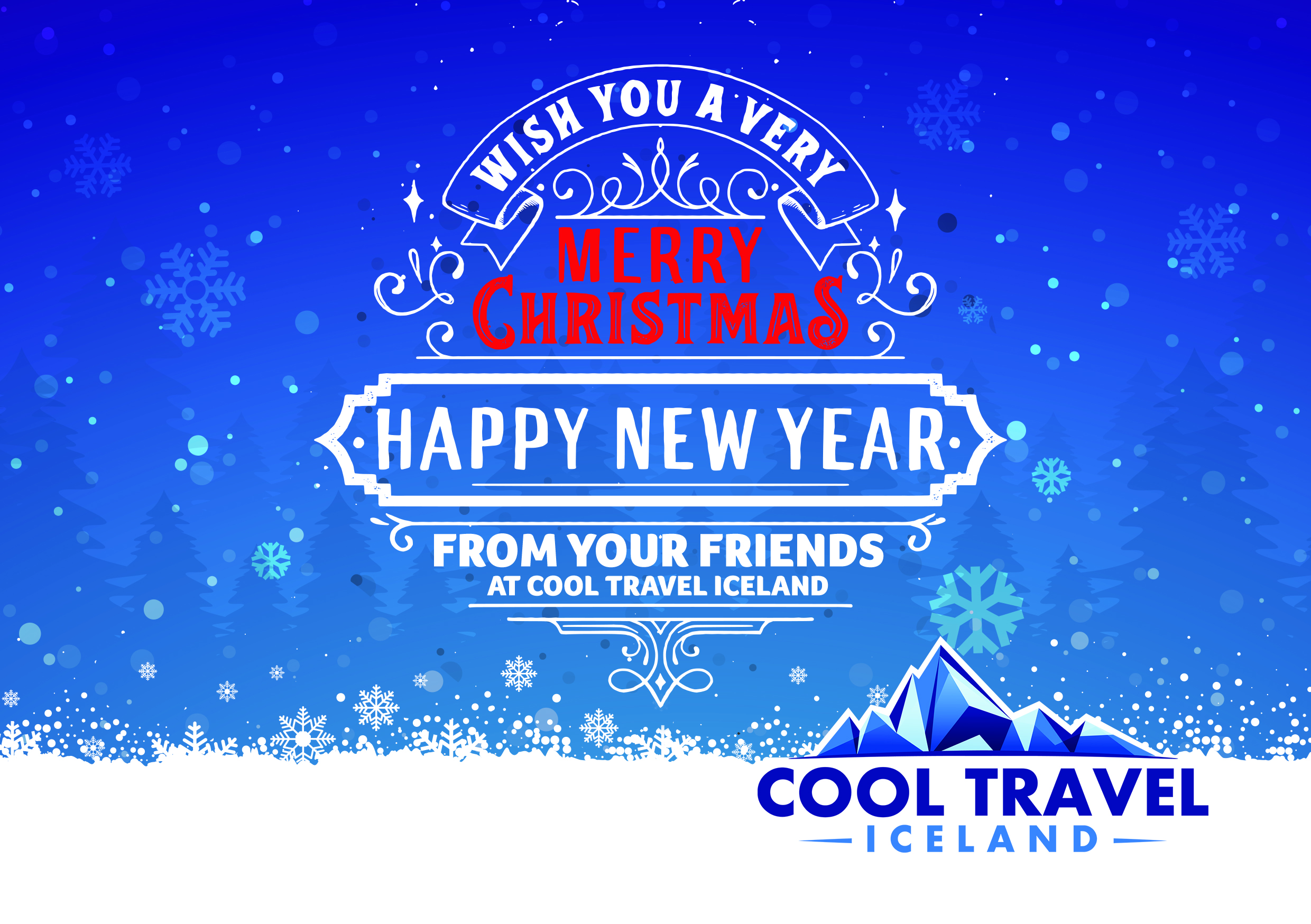The holiday planning in Iceland starts early and you will start seeing Christmas decorations in November, you’ll even start seeing them as early as October in some stores. Too soon many people say.
Most stores are open late in December (10 pm) and as it draws near Christmas they get very busy.
The first Sunday in December the advent starts. In every home you will find advent wreath which is a candle decoration with four candles. Each Sunday in December one candle is lit. On the advent children go to Christmas dances, sing Christmas songs and dance around the Christmas tree and meet some of the 13 Icelandic Santa Clauses.
On the 23rd it is a tradition to eat fermented skate fish. It’s smell is really strong and many people can not even imagine putting it in their mouth. But still many people enjoy it and embrace this smelly tradition every year.
The 24th of December is called Adfangadagur in Icelandic and is the main Christmas celebration day in Iceland. Christmas starts at 6pm on Adfangadagur when the church bells ring in the Christmas. That night families prepare their Christmas dinner and after the meal they all sit together by the Christmas tree and open presents.
The role of Santa Claus is different in Iceland than for example in the US. He’s not the one who brings the presents and puts them under the tree, that is the parent’s job and all kids know that. You can read more about the Icelandic Santa clauses here.
The day after Adfangadagur is Joladagur or Christmas day and most people eat hangikjöt and laufabrauð. Hangikjot (hanging meat) is a smoked leg of a lamb and laufabraud is a thin deep fried bread that is eaten with butter.
On Christmas day many families have family gatherings with their relatives. The day after that is called the Second day of Christmas which is also a public holiday and it is also popular for the big family gatherings.
The Christmas do not end there, they even continue over the New Years and aren’t officially over until the 6th of January when the last Yule Lad goes back to his home in the mountain. That day, the last day of Christmas is called the Thirteenth. In every city you will find a nighttime bonfire where people come together, maybe blow up the leftover fireworks from New Year’s Eve and say goodbye to Christmas.

